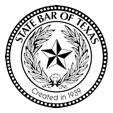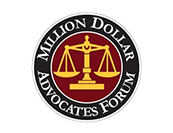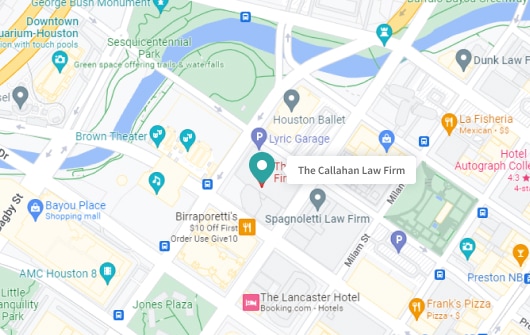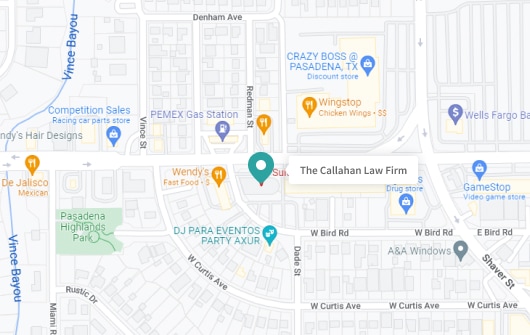If Someone Turns in Front of You, Who Is at Fault?
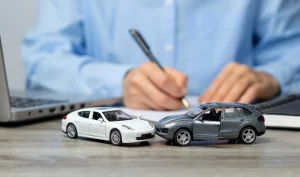
A common roadway scenario that leads to accidents is when one driver turns across oncoming traffic in front of another vehicle, resulting in a collision. This situation poses a significant risk to all parties’ safety and can also raise complex questions about liability and fault. Determining who is legally responsible in these incidents is crucial, as it impacts legal and financial outcomes.
Understanding your rights and the factors that influence fault determination can help protect you and ensure you are properly compensated in the event of this type of accident.
Who Is At Fault When Someone Turns in Front of You?
In many traffic scenarios, the driver making a turn across oncoming traffic is found at fault if an accident occurs. This responsibility arises because the turning driver is expected to yield to oncoming traffic, which has the right of way in most cases.
However, there are some exceptions to this general rule that can shift fault after an accident, either partially or fully, to the other driver:
- Speeding: If the oncoming vehicle was exceeding the speed limit, the speed might be considered a contributing factor to the accident.
- Signal Violations: If the oncoming vehicle ran a red light or stop sign, this could shift some or all of the fault away from the turning driver.
- Sudden Interruptions: Unforeseen circumstances like a vehicle suddenly stopping or unexpected pedestrian actions could also affect fault determination.
These scenarios underline the complexity of assigning fault, which requires thorough investigation and nuanced legal understanding.
Assessing Fault in Left-Turn Accidents
In left-turn accidents, determining who is at fault hinges on careful analysis of the collision’s dynamics, including where the damage is located on the vehicle. This physical evidence can significantly indicate fault, influencing legal and insurance outcomes.
Understanding Damage Location and Fault
The location of the damage on the vehicles involved in a left-turn collision can provide crucial clues about how the accident occurred and, by extension, who is at fault:
Damage to the Driver’s Side of the Straight-Traveling Vehicle: This typically indicates that the vehicle making the left turn did so prematurely or without proper caution, suggesting that the turning driver is at fault. This is because the straight-traveling vehicle was already in the intersection or so close to it that the turning vehicle should have yielded.
Damage to the Front of the Straight-Traveling Vehicle: If the front of the vehicle traveling straight is damaged, it might suggest that this driver entered the intersection when it was unsafe to do so, such as speeding to beat a light or entering after their signal turned red. This can point to fault or partial fault on the part of the straight-traveling driver.
These guidelines are by no means absolute, and it’s important to speak with a personal injury lawyer to determine who may be at fault in these accidents.
Role of Law Enforcement
Law enforcement plays a pivotal role in assessing fault in left-turn accidents. Officers trained in accident investigation typically arrive at the scene to collect evidence, take witness statements, and evaluate the circumstances of the crash.
Official Reports: Police will compile an accident report that includes their assessment of the accident scene, vehicle positions, points of impact, and preliminary determinations of how and why the accident occurred. These reports can be critical in insurance claims and legal proceedings.
Citations: If a traffic violation is clear, such as a failure to yield or running a red light, law enforcement may issue citations, which can also serve as evidence of fault.
Accurately assessing fault in left-turn accidents requires a detailed examination of vehicle damage, the insights provided by law enforcement, and thorough evidence collection. These are crucial for ensuring that justice is appropriately served.
Seeking Legal Guidance After an Accident
After being involved in a car accident, especially in cases that entail serious injuries or when fault is heavily disputed, seeking legal guidance is crucial. These accidents often involve complex legal and insurance issues that can significantly impact the outcome of your case.
Consulting with the car accident lawyers from The Callahan Law Firm can provide several benefits:
- Case Evaluation: Our lawyers can offer a comprehensive case evaluation to determine your claim’s validity and potential value.
- Navigating Fault and Compensation: Professional legal help is instrumental in disputing fault in accidents where liability might not be clear-cut. We will help gather necessary evidence, such as traffic camera footage, witness statements, and accident reports to build a strong case.
- Dealing with Insurance Companies: Our lawyers are adept at negotiating with insurance companies to ensure you receive the maximum compensation possible rather than accepting a quick, undervalued settlement.
If you find yourself or a loved one in such a situation, it is advisable to contact a car accident lawyer as soon as possible.
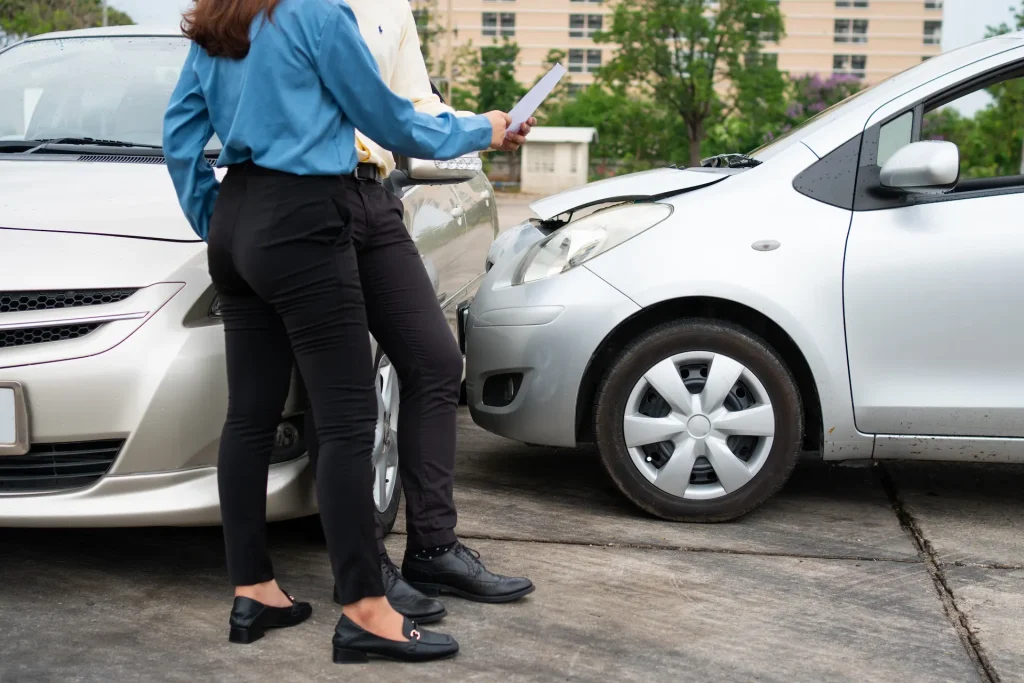
Contact The Callahan Law Firm For Help After a Car Accident
Determining fault in left-turn accidents—or any type of car accident—requires a careful examination of the circumstances surrounding the incident and a thorough understanding of traffic laws and liability.
Navigating the legal complexities that follow such accidents can be daunting, particularly when serious injuries are involved or when there are disputes over who is at fault. It is crucial to seek legal guidance to ensure that your rights are protected and you receive the compensation you deserve. If you’ve been involved in a car accident, don’t navigate these challenging waters alone.
Contact The Callahan Law Firm for professional assistance. Our experienced team can provide you with a complimentary case evaluation and legal representation to help you effectively manage an accident’s aftermath. Reach out today to schedule a no-cost consultation.
FAQ
How is fault determined in a car accident in Texas?
In Texas, fault is generally evaluated based on evidence from the accident scene, witness statements, and police reports. Texas follows a modified comparative fault rule, allowing financial recovery as long as you are not more than 50% at fault.
Is Texas a no-fault state for car accidents?
No, Texas is not a no-fault state for car accidents. Texas uses a fault-based system, or “tort” system, meaning that the person who is legally at fault for causing the accident is responsible for paying the damages.
What would you do if a traffic accident happened in front of you?
If a traffic accident happens in front of you, the first step is to ensure your own safety and, if possible, check on the safety of others. Call 911 to report the accident and let them know if anyone on the scene needs medical assistance.
If you are able, provide aid until emergency responders arrive, but do not move anyone who is seriously injured unless there is an immediate danger. If it’s safe, take photos of the scene and collect contact information from witnesses. Stay at the scene until law enforcement arrives and you are told you can leave.
Is it always your fault if you hit someone from behind in Texas?
While rear-end collisions typically result in the rear driver being found at fault due to the assumption that they were not maintaining a safe following distance, it is not always the case. There are exceptions where the lead driver may be at fault, such as if they suddenly reverse or if their brake lights are malfunctioning. Fault can also be shared in some instances, depending on the specific circumstances of the accident.
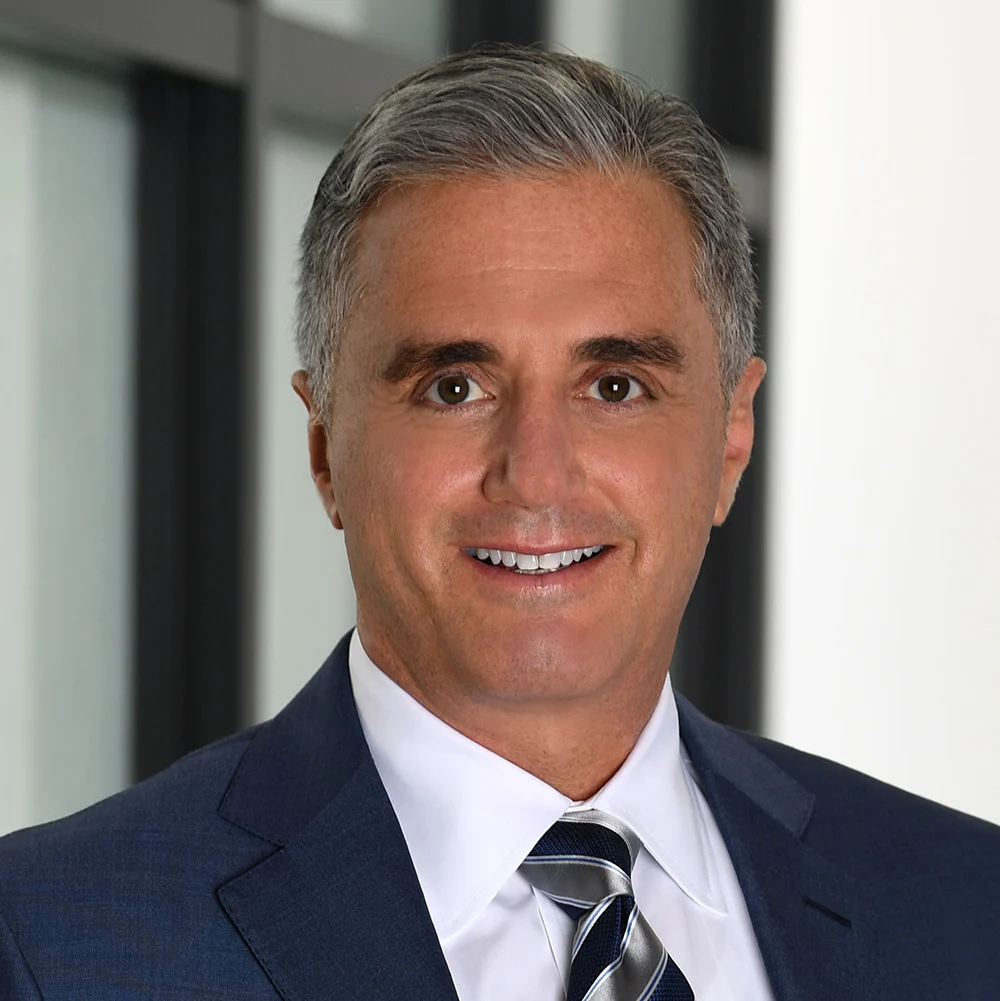
Michael S Callahan is an attorney and founder of The Callahan Law Firm. He focuses his practice on representing individuals and families in personal injury cases involving motor vehicle and truck accidents, workplace accidents and defective products. With over 25 years of experience, he is dedicated to fighting on behalf of people whose lives have been forever altered by the negligence and carelessness of corporations and individuals. Originally trained as a mechanical engineer, Michael has been practicing law and fighting for justice for those who need it most since 1994. He is board-certified in Personal Injury Trial Law by the Texas Board of Legal Specialization and a member of various esteemed legal associations. Outside of work, Michael enjoys spending quality time with his family, outdoor activities, and continually striving to improve as a trial lawyer and human being.



